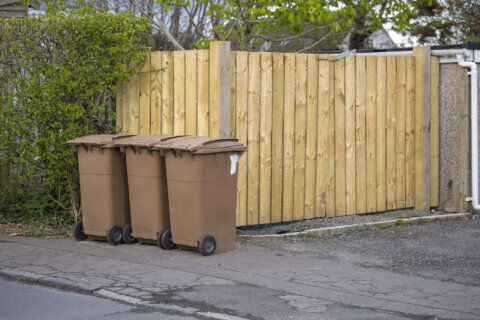The number of Prince William County, Virginia, students with a documented behavior violation for use of a prohibited substance more than doubled last year compared to before the pandemic, county officials told the school board this week.
In the 2022-23 school year, there were 1,800 students with a prohibited substance violation. In 2018-19, the county reported 864. It didn’t include data from the 2019-20, 2020-21 or 2021-22 school years, because of the reduced number of kids in school due to the pandemic.
The number of students documented for using electronic cigarettes increased from 303 in 2018-19 to 639 in 2022-23, according to school board documents. Marijuana possession increased from 101 to 245, respectively, and marijuana use increased from 107 to 189.
Several other school systems, including Montgomery County Public Schools in Maryland, have reported similar trends regarding student substance use, and in some cases opioid overdoses. A rise in opioid overdoses in Arlington Public Schools prompted school officials there to expand the availability of naloxone, the generic form of the overdose-reversal drug Narcan.
“I have a friend who works at the funeral home,” Prince William County school board member Lillie Jessie said. “Years ago, she said to me, ‘Lillie, the number of kids that are dying from drug overdoses is overwhelming.’ And now we have stats to prove that she was right.”
Denise Huebner, the county’s associate superintendent for student services and postsecondary success, said the trends the school system is experiencing are similar to national and state patterns.
The county uses a tiered approach to address the substance use challenges, according to Tamaica Martin, supervisor of student prevention programs and family assistance for PWCS. Elementary school students get prevention education lessons from school counselors, and middle and high schoolers get them from health and PE teachers.
Middle and high school students who get a substance use infraction for the first time get referred to a vaping, marijuana and opioid education program, and after any additional infractions, they receive individual and/or group counseling.
School staff are also offered training on how to recognize and respond to an opioid overdose using naloxone, and health and PE teachers get annual professional development opportunities to learn about best practices.
Superintendent LaTanya McDade said the county’s new security systems, including security scanning technology, may help prevent some substances from getting into school buildings. But, she said, “the school system is not the health care industry, and so there are a lot of supports that are needed.”
Parents, Huebner added, can contact school counselors with concerns, and students “are a strong voice. Your peers are most influenced by those who are around them,” so being a role model is important.
“While we don’t provide treatment, we do provide supports so that students can access their education when in the building,” Huebner said.
Board member Jennifer Wall called the rise of substance use “a societal problem. It’s a tragic problem.”







